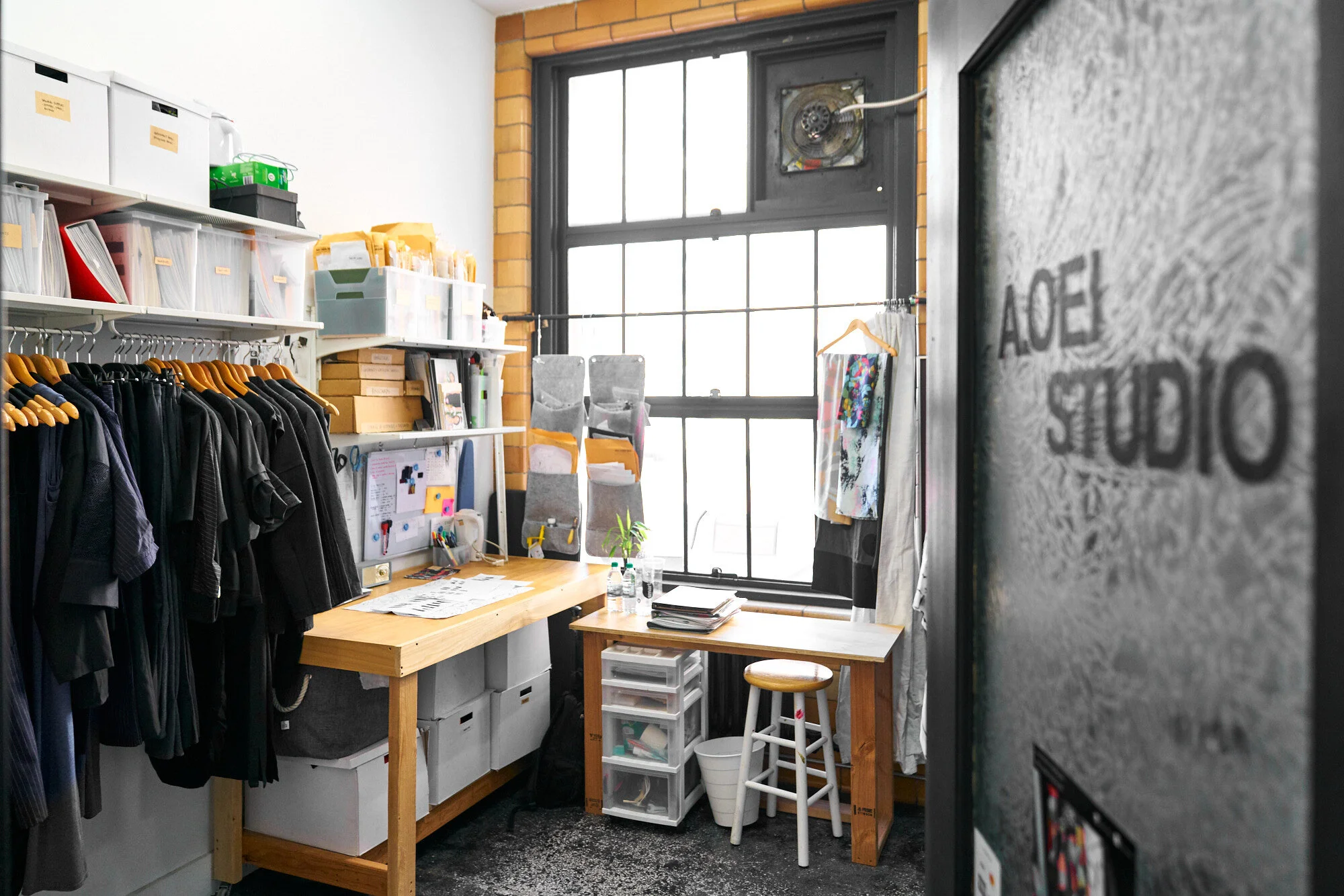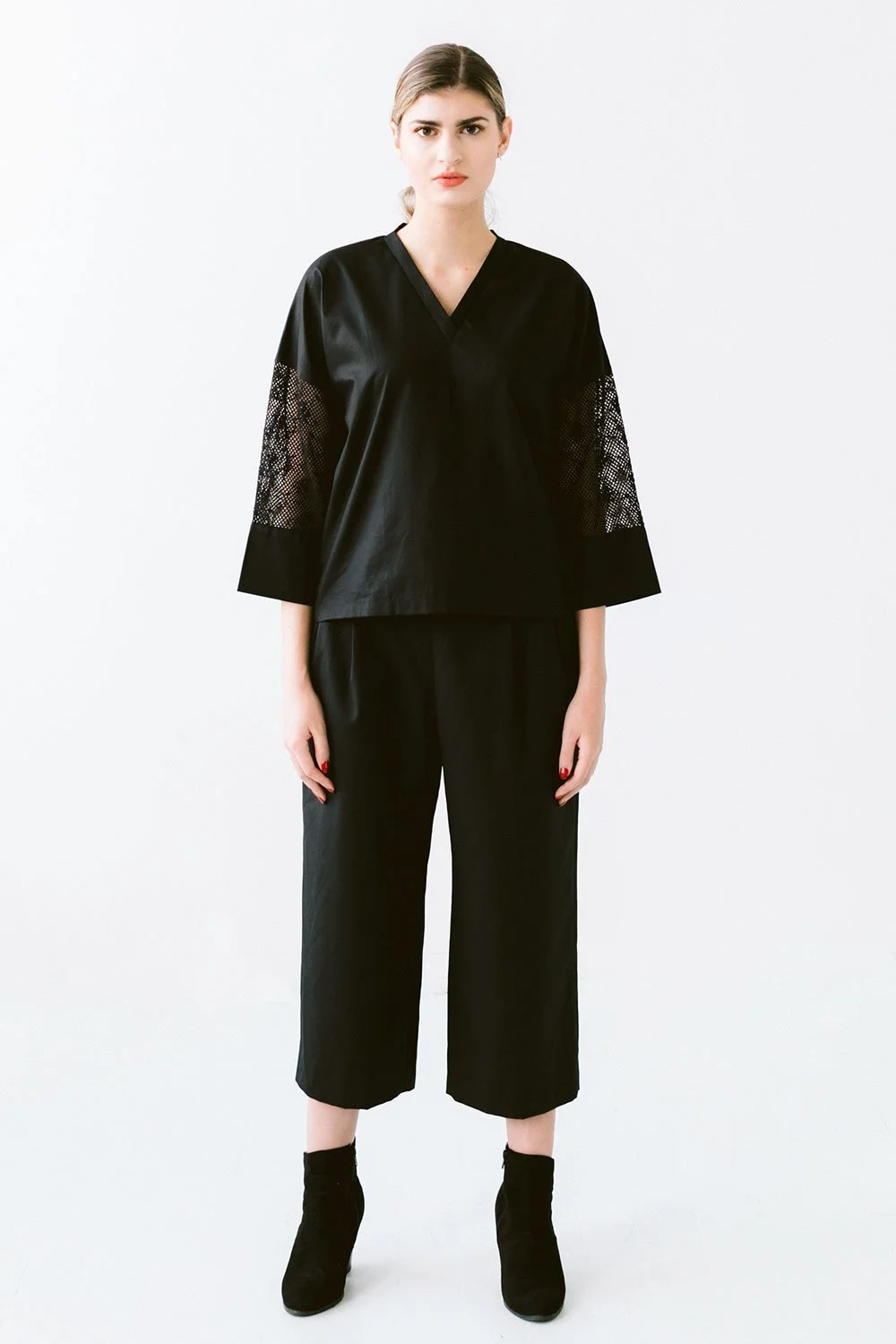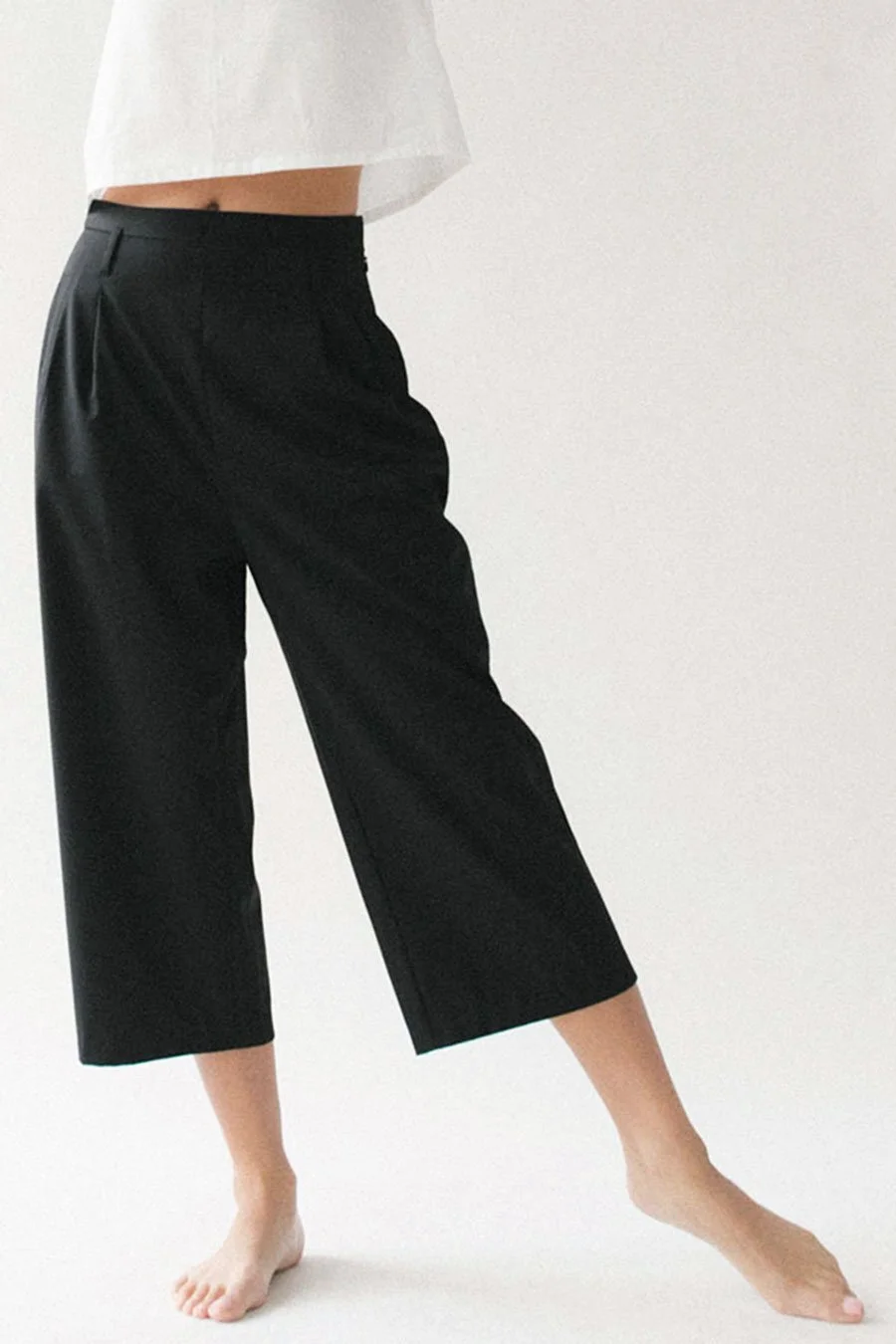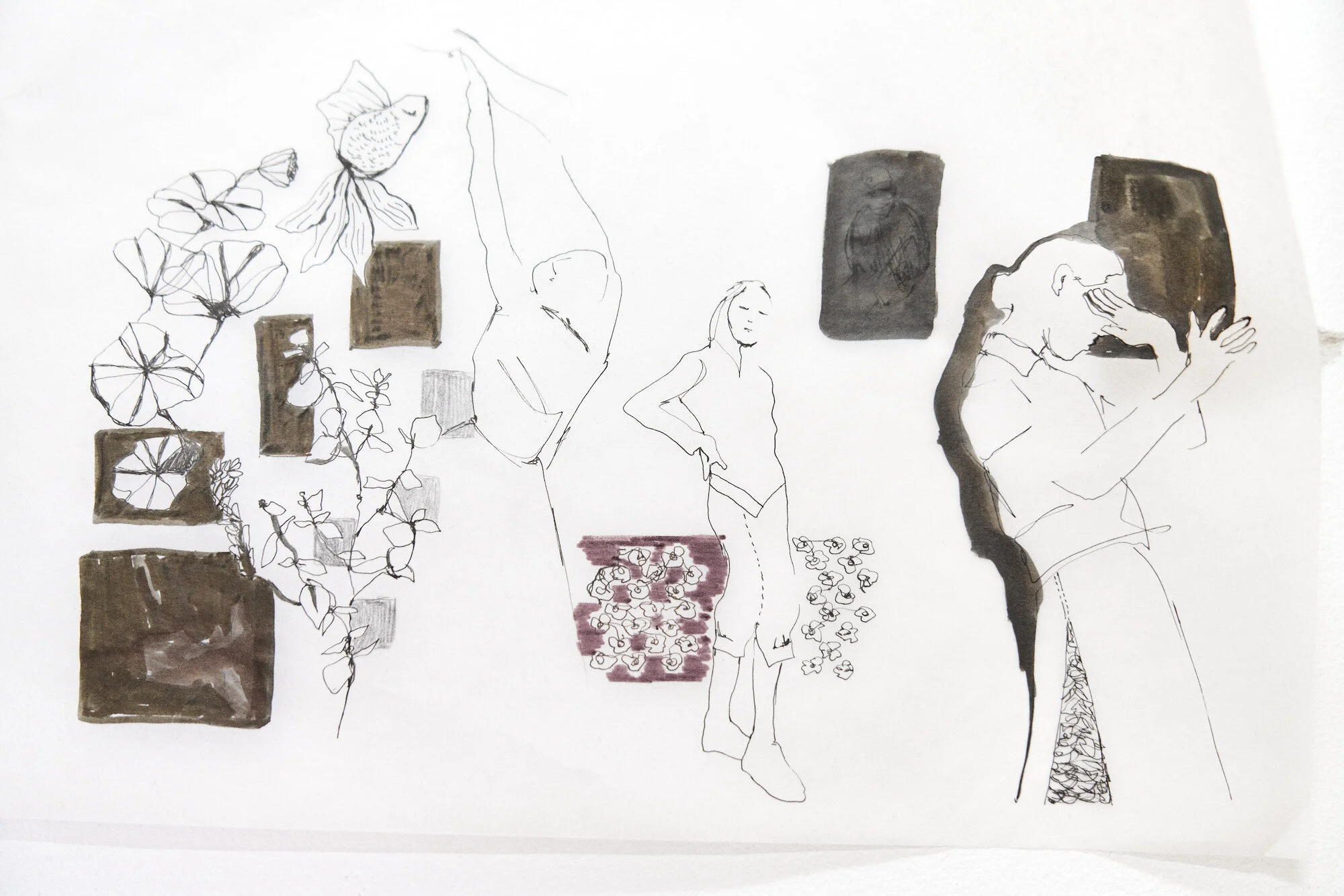The Designer Series: Angeline Oei (Part 1)
5 MIN. READ | The Designer Series | A.M.
Our interview with Angeline took place in January 2020 and was published in The April Issue. In Part 1 of The Designer Series, we’ll explore Angeline’s early life and influences as well as gain access to her Studio in Downtown Seattle.
"A.Oei Studio is a contemporary womenswear brand focused on modern, innovative silhouettes and original textile prints. I design all the prints myself. And they’re really easy, accessible pieces that can be mixed-and-matched across different seasons. I primarily work with natural fabrics, 100% cotton and 100% silk that I source from Japan. And I work personally with factories in Singapore, Vancouver, and Seattle.”
Angeline is originally from Singapore. She attended school at the Amsterdam Fashion Institute (AMFI), which is part of Amsterdam University of Applied Sciences, before working for a number of larger fashion companies in Antwerp, Singapore, and New York. But asked if that was her original plan, we discover a very relatable response shared by so many artists in her position.
“Growing up in Singapore, I never really thought that I could be a fashion designer. The environment was more focused on becoming an accountant or a business person. I never thought fashion design was even remotely possible, so I studied English Literature at the National University of Singapore where I got my bachelor’s degree.”
“My third year, I did an exchange program in the Netherlands and it was very eye-opening. I went to Antwerp where Dries Van Noten, Martin Margiela, and all these other huge brands came from. And when I went to the fashion academy, it just struck me for the first time that this is the right place for me. And that’s when I decided to make the switch and study fashion.”
A.Oei Studio AW20 Capsule Selections
But Angeline struggled to find her voice and found great difficulty reconciling the ideals inherent in artistic expression with the reality of the demands of fast-fashion. This dissonance only deepened as she entered the international fashion industry’s workforce upon her graduation, discovering that the business of fashion was not at all what it seemed.
“I’m conflicted. I think that because of my history and experiences in the fashion industry—I’ve done wholesale-to-retail, with collections, samples, and showing things to buyers before I go into production—I know this is the established business model that’s been tried and tested, so I’m still stuck in that mode. And I love doing it this way because I love creating collections. For me, they can tell stories. And it’s a good system if you don’t want to create something every month or whenever you feel like it. So it definitely helps me keep things in a logical framework.”
“Working in Singapore—where it’s so much more trendy, more about fast-fashion—I tried to incorporate a commercial feel into my approach. And there’s a Japanese influence in some of my work as well.”
“Even in the company I worked for in New York, it was more about 90’s minimalism—like the Jil Sander kind of style. So I got a real mix of different influences that incorporated into my current aesthetic.”
Jil Sander’s iconic mid-90’s campaigns photographed by Craig McDean illustrate the minimalism, refinement, and nonconformity that contrasted with Fashion’s sexualization of women during that era.
Angeline’s appreciation for art led her to broad influences ranging from classical to postmodern. And there are consistent through-lines that account for her gravitation toward multinational, minimalist, non-gendered fashion in her expression of contemporary womenswear.
“A lot of my influences are just from being in so many different places. There’s a lot of the Dutch fashion approach to my designs. It’s very sober, very streamlined. It’s a lot more about texture, and more subtle. And a lot of what I do is inspired by art, nature, and technology. And I get a lot of inspiration from different artists and reading articles on what’s happening in the world. I try to translate that into the textile prints that set the direction for the colors, shapes, and textures of every collection.”
“When I design things, I always do so in terms of creating an entire look. For example, if it’s winter, obviously you will need a jacket. So I approach accessories by their usefulness, and prefer things that cover the whole body like outerwear. My windbreaker, for example, is made from a Japanese cotton blend that’s very water resistant and has a very nice texture, so it’s an excellent choice for both form and function.”
“Usually I start with a concept and then develop a moodboard. I think about keywords for color, texture, and silhouette. I usually start with a print, which must be really strong because it represents the entire concept and its visual elements. And then I start sourcing from my suppliers to see how it might look on different fabrics. I’ve been testing different materials, and have three fabrics I always come back to every season. And patterns are great because they streamline fabric selection so that I don’t have to order a ton of samples to see how it looks in different colors. And that’s one great way that I can try to be a little more sustainable, both for my business and for the environment.”
More with Angeline in Part 2 of The Designer Series next week. In the meantime, visit A.Oei Studio for the latest in contemporary womenswear.












